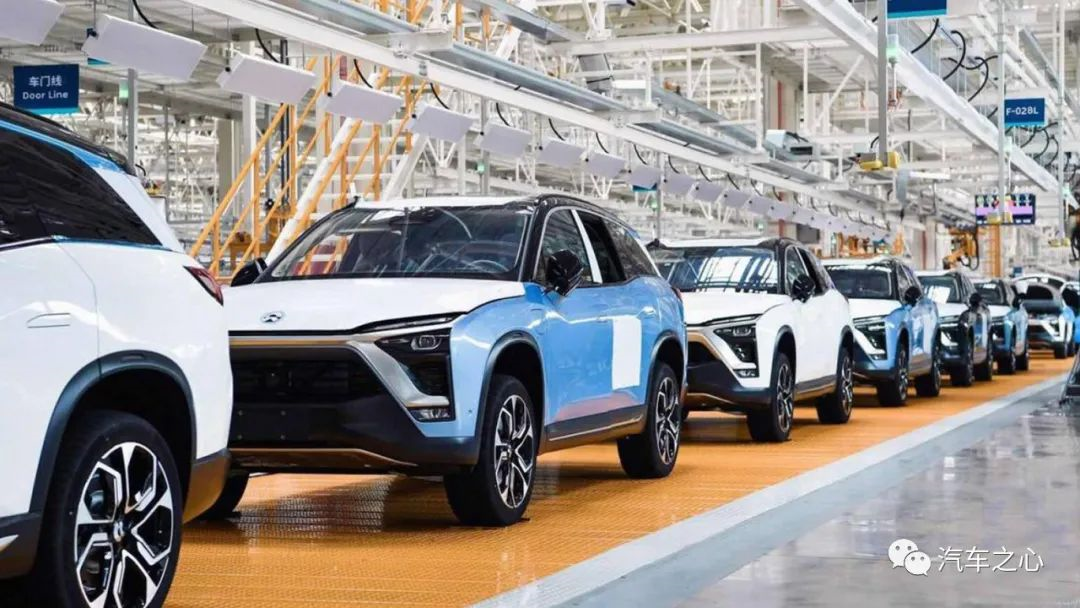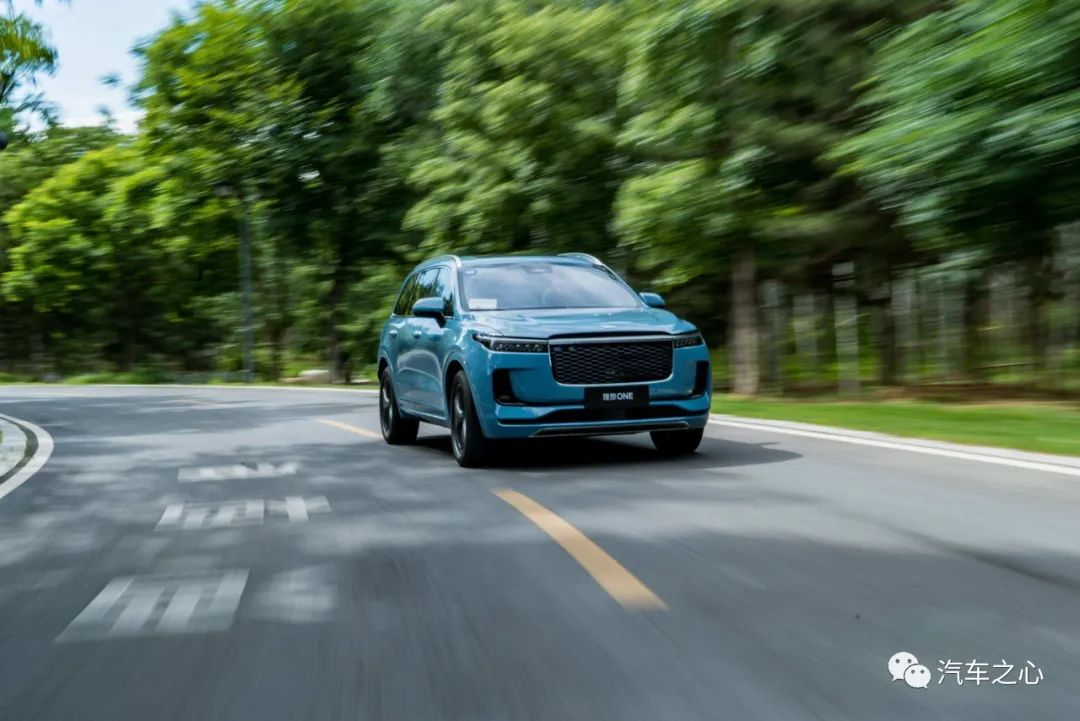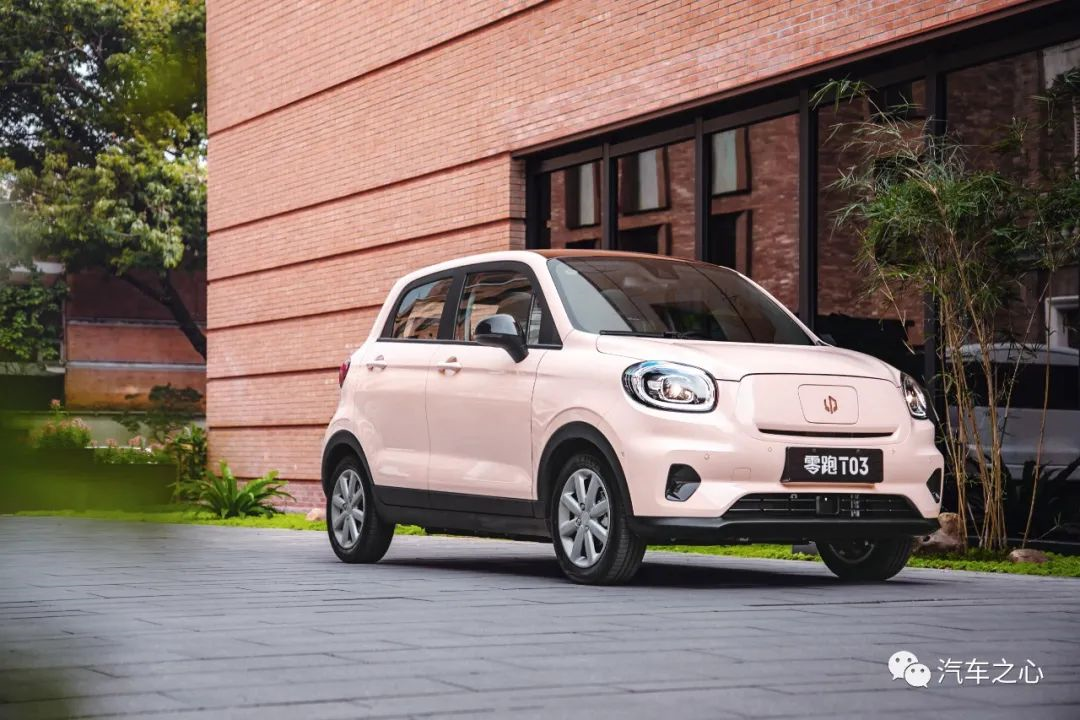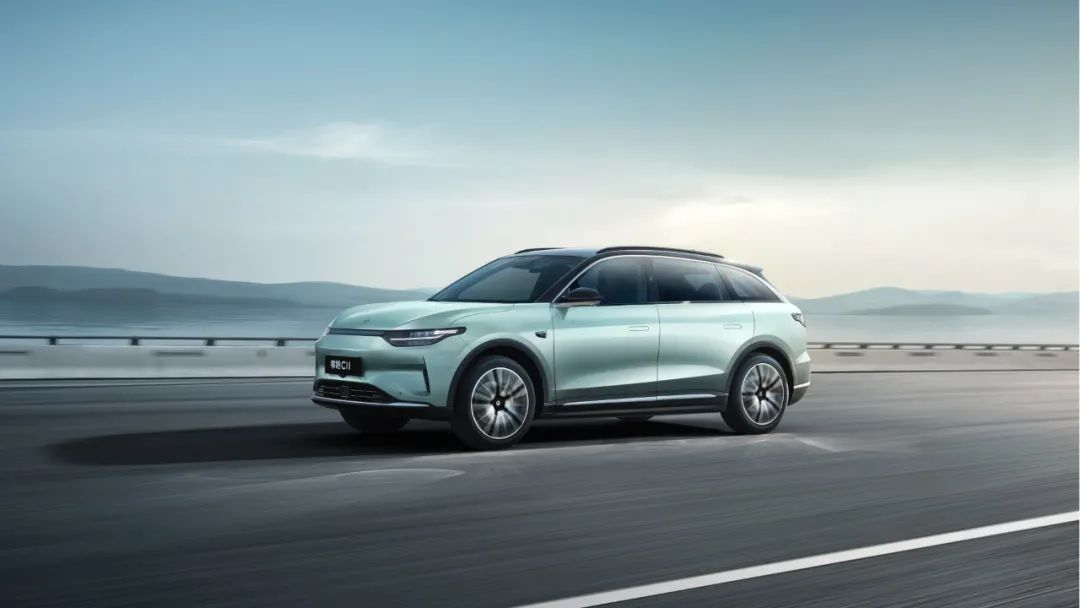Author: Yao Xuyang
Delivering 20,000 new cars per month is not a dream.
After the Chinese New Year in 2022, various new players in the auto industry successively released their delivery data for January.
Except for Wey, who has not yet announced the delivery volume of January, among the remaining players, NIO’s delivery volume in January 2022 was 9,652 units. XPeng and Ideal continued to maintain their performance of delivering over ten thousand units, with January delivery volumes of 12,922 units and 12,268 units respectively.
What is particularly noteworthy is that the dark horse player Ling Pao’s delivery volume reached 8,085 units in January, with a year-on-year growth rate of 434%, which is three times higher than that of the top new car players.
If we turn back time to 2019, we will find that these companies were facing survival crises due to financing difficulties, failed first products, and other problems.
The achievements they have made at present mean that these lucky survivors are on the way up. So, what kind of performance will they have in 2022 and can they pass the threshold of delivering 20,000 new cars per month?
After experiencing a trough, new car companies begin to dominate in their respective fields
Compared with today, the new car companies in 2019 were completely different.
NIO, XPeng, and Ideal have all been stuck in financing difficulties, and their first products have also received much criticism. The earliest batch of NIO ES8 and XPeng G3 were both criticized for their low cruising range and poor workmanship.
Ideal’s first product, the SEV small car project, was directly put on hold due to policy reasons.
Even the dark horse Ling Pao at present did not really open the market because the first car S01 had a small audience.
Standing at the beginning of 2022, these survivors who have gone through the new car elimination game finally see the light at the end of the tunnel and begin to show their dominance in their respective fields.
The three leading companies, NIO, XPeng, and Ideal, have already shown significant differentiation.

NIO has the strongest overall strength, with three new cars on sale, ES8, ES6, and EC6, with an average selling price of 440,000 yuan, sitting firmly on the throne of the top luxury electric vehicle enterprise with its product and services.
This year, they will also deliver two other new cars, ET7 and ET5, which will expand from the luxury mid-size SUV market to the luxury mid-size car market.
The other two companies have characteristics of “intelligence” and “product strength” respectively.
In addition to the G9 to be delivered in the third quarter of this year, XPeng has three models on sale, G3i, P7, and P5, focusing on the 160,000 to 250,000 yuan sedan market, and has a stable foothold in the top new car camp thanks to their self-developed intelligent cockpit and automatic assisted driving technology.
Ideal is deeply cultivating the “daddy car” market, although they only have one new car “Ideal ONE”, they have eventually taken an absolute market share in the 300,000 yuan level family SUV market with their solid “product strength”.
The black horse player LINGPAO focuses on “high configuration”. Currently, LINGPAO’s two main products are the T03, a high-end intelligent pure electric small car with a starting price of 68,900 yuan, and the C11, a full-option pure electric SUV positioned as a cross-class model with a price range of 160,000 to 200,000 yuan. They cover the hottest A00 level and mainstream SUV markets. Additionally, a mid-size sedan, the C01, will also be released by LINGPAO this year.
In the past year, LINGPAO delivered 38,463 T03s, accounting for 89% of the total sales of 43,121 vehicles. This means that the success of LINGPAO T03 is the key for the “black horse” to break through.

In fact, it is not easy for LINGPAO to make breakthroughs as a “dark horse” in the A00 sub-market, where there are powerful peers such as “miracle cars” like the Hongguang MINI and the Ora R1.
The secret of LINGPAO’s successful counterattack lies in “high configuration”.
In terms of power and endurance, the completely independent integrated electric drive assembly developed by LINGPAO boosts the system’s work efficiency up to 92.6%.
T03 is the only small car in the same sub-market level that has a power of 80kw. Its longest endurance can reach 403 kilometers, exceeding similar models like the Great Wall Ora R1.
Overall, the younger generation no longer gets simply “kidnapped” by the brand when buying cars, but focuses more on the product itself. New car manufacturers capture this point, finally have their own skills, and eventually win the first battle after climbing out of the trough.
So, what missions will new car players need to accomplish in 2022?
One Hype, One Self-Developed Technology
To move up to the next level, new car makers are preparing to do two things — creating a hot-selling model and conducting self-developed research.
What is a hot-selling model?
In the history of independent auto brands, models with monthly sales exceeding 10,000 units are usually classified as hot-selling models.
For example, Haval H6 of Great Wall Motors sold 370,000 units last year, an average of about 30,000 units per month, while Geely Bo Yue sold 220,000 units a year, averaging about 18,000 units per month.
Returning to the new car makers, measuring heroes by sales volume is still the simplest and most intuitive standard. However, except for LI ONE, none of the other single models of various brands have broken through the 10,000-unit threshold.
A hot-selling model means reduction in scale cost, increase in gross profit margin, and expansion of brand awareness.Using ONE as an example, with the continuous increase in sales, the gross profit margin of ONE vehicles in the third quarter of 2021 has reached 21.1%, ranking first among new car manufacturers’ gross profit margin. With ONE leading the way, creating popular models has gradually become one of the key tasks for new car manufacturers.
In fact, NIO’s ET5, XPeng’s P5 and Leapmotor’s C11 are showing the potential for creating popular models.
NIO’s ET5 saw a surge in orders after its release, with founder William Li stating that it was the “new car with the largest order volume in NIO’s history for the same period”. XPeng’s P5 has continued to climb since its mass delivery began in October 2021, delivering 5030 vehicles in December. Leapmotor’s C11 was hotly sold when it was launched, with a total of 4021 vehicles delivered in 2021.
In reality, T03 has already gained popularity with its “high-end” strategy. According to Leapmotor staff, “in 2021, our company has entered a relatively benign development stage, with a large number of orders in hand. In 2021, we received over 90,000 orders and there are currently about 40,000 orders waiting to be delivered.”
For the C11 model, Leapmotor continued its high-end strategy, focusing on “surpassing fully-loaded” configurations.
C11 has configurations such as a zero to one hundred acceleration of 4.8 seconds (performance version), frameless doors, a super-long wheelbase of 2930mm and a maximum range of 610km. In our test drive, we found that C11 has strong competitiveness in the same class of vehicles, whether it’s the large area of Nappa leather seats, or the LCC and voice interaction smart experience of the vehicle.
It can be seen that NIO’s ET5 is still targeting the BMW 3 Series market, while XPeng’s P5 and Leapmotor’s C11 are targeting classic fuel cars such as the Toyota Camry and Volkswagen Passat.
P5, equipped with a laser radar, meets users’ demand for intelligence, while the C11, which focuses on surpassing fully-loaded configurations, appeals to family users with its high cost-effectiveness. Each has its own area of expertise.
Many signs suggest that, in 2022, one of the battlefields for new car manufacturers will be to create popular models. Whoever can quickly polish their own popular models will be able to rapidly form a fierce attack in sales.
Another point is to compare the strength of “self-developed” technology.
Selling a lot of cars is just winning one battle. Players standing at the forefront of the times understand the importance of self-developed technology for the iteration of intelligent vehicles.After all, self-research means differentiation, iteration speed and cost control. Currently, companies such as We Xiaoli and LINGPARK insist on self-research, covering hardware such as electric drive in the three-electricity field, and software research and development in perception algorithms in the automatic driving field.
LINGPARK also proposed its own concept of global self-research in 2021, covering hardware and software in all aspects and angles.
In the fiercely competitive new energy vehicle market, only differentiation can be remembered and accepted by the market, and only fast iteration speed can adapt to the update rhythm of intelligent vehicles, and it is possible to stand out among a group of fierce competitors.
In 2021, the new car that completed the climb in sales volume, if successful in creating blockbuster cars in 2022 and carrying out deeper technical self-research, there is a chance to cross the mark of 20,000 vehicles delivered in a single month, doubling revenue and net profit, and naturally making these new cars run faster, thereby promoting the emergence of a new front-line player pattern.
New front-line players are about to emerge
What will be the development pattern of new cars in 2022? If based on sales volume, new front-line players may emerge between players such as We Xiaoli and LINGPARK.
We Xiaoli will reach for the goal of delivering 20,000 vehicles in a single month, which is built on the premise of delivering NIO ET7 and ET5, as well as the start of volume production of XPeng P5 and the release and delivery of Ideal X01.
Given its existing product structure, LINGPARK will continue to closely follow the leading players and first secure a monthly sales of 10,000 vehicles. After all, LINGPARK has already become a blockbuster in the A00-level small car segment with T03, and with the launch of C11, it has also demonstrated its blockbuster potential with “over-the-top configuration.”
Next, if LINGPARK C01 can continue to be a blockbuster, it is not impossible for LINGPARK to join NIO and XPeng in striving for a monthly delivery of 20,000 vehicles.
Once the new car players can stably achieve a monthly delivery of 20,000 vehicles, they will stand at the same height as traditional independent brands in sales volume. By then, the vitality of new cars will be even stronger. Led by We Xiaoli and complemented by dark horses such as LINGPARK, the new front-line player lineup will further form and become the last laugh in the car-making wave.
Of course, some new variables will also appear in 2022, such as SELF-DRIVING HOME’s NV, which will start delivery in September this year, and LOKE CAR, founded by Stone Technology founder Chang Jing. All of these will make the future new front-line patterns full of uncertainty.
Overall, new cars that have achieved results in the high-end and low-end segmented markets are launching an attack on the mid-to-high-end market, which is consistent with the trend that China’s new energy vehicle market is evolving from a dumbbell shape to a spinning top shape.
It is not difficult to predict that new cars with prices ranging from 150,000 to 250,000 yuan will become the key players in the upcoming car-making battle.According to China Association of Automobile Manufacturers (CAAM)’s prediction, the cumulative sales of new energy vehicles in China are expected to exceed 6 million units in 2022, with a market penetration rate of about 22%.
For new automakers, in order to participate in this round of market penetration, they must not only create best-selling cars, but also focus on independent technology development, in order to survive in 2022.
If new automakers can achieve monthly sales of 20,000 units in 2022, they will basically enter a new stage where quantitative changes lead to qualitative changes.
This article is a translation by ChatGPT of a Chinese report from 42HOW. If you have any questions about it, please email bd@42how.com.
